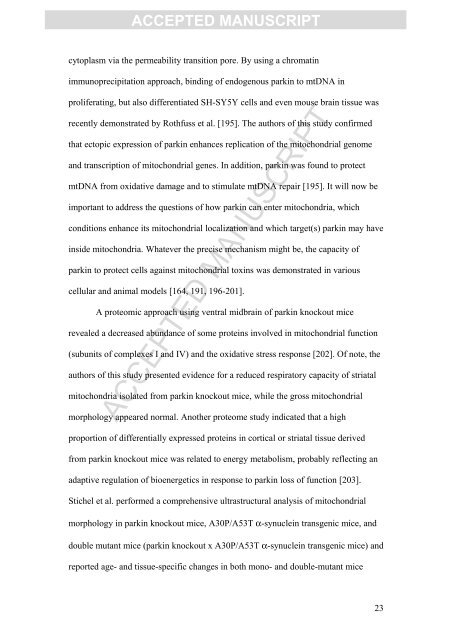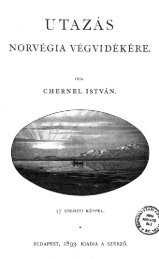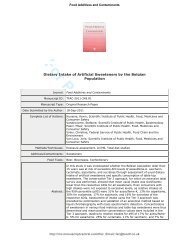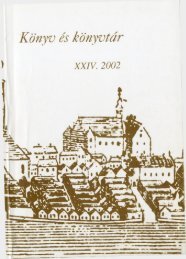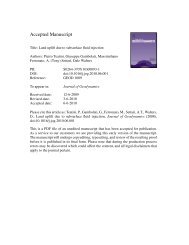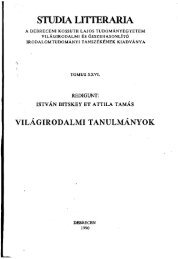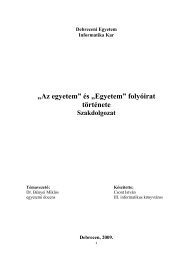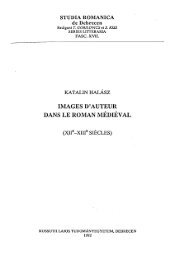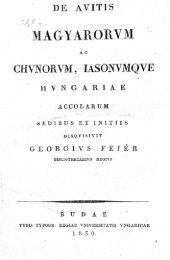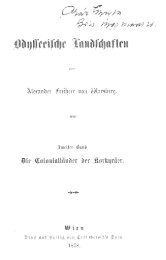accepted manuscript
accepted manuscript
accepted manuscript
Create successful ePaper yourself
Turn your PDF publications into a flip-book with our unique Google optimized e-Paper software.
ACCEPTED MANUSCRIPT<br />
cytoplasm via the permeability transition pore. By using a chromatin<br />
immunoprecipitation approach, binding of endogenous parkin to mtDNA in<br />
proliferating, but also differentiated SH-SY5Y cells and even mouse brain tissue was<br />
recently demonstrated by Rothfuss et al. [195]. The authors of this study confirmed<br />
that ectopic expression of parkin enhances replication of the mitochondrial genome<br />
and transcription of mitochondrial genes. In addition, parkin was found to protect<br />
mtDNA from oxidative damage and to stimulate mtDNA repair [195]. It will now be<br />
important to address the questions of how parkin can enter mitochondria, which<br />
conditions enhance its mitochondrial localization and which target(s) parkin may have<br />
inside mitochondria. Whatever the precise mechanism might be, the capacity of<br />
parkin to protect cells against mitochondrial toxins was demonstrated in various<br />
cellular and animal models [164, 191, 196-201].<br />
A proteomic approach using ventral midbrain of parkin knockout mice<br />
revealed a decreased abundance of some proteins involved in mitochondrial function<br />
(subunits of complexes I and IV) and the oxidative stress response [202]. Of note, the<br />
authors of this study presented evidence for a reduced respiratory capacity of striatal<br />
mitochondria isolated from parkin knockout mice, while the gross mitochondrial<br />
ACCEPTED MANUSCRIPT<br />
morphology appeared normal. Another proteome study indicated that a high<br />
proportion of differentially expressed proteins in cortical or striatal tissue derived<br />
from parkin knockout mice was related to energy metabolism, probably reflecting an<br />
adaptive regulation of bioenergetics in response to parkin loss of function [203].<br />
Stichel et al. performed a comprehensive ultrastructural analysis of mitochondrial<br />
morphology in parkin knockout mice, A30P/A53T α-synuclein transgenic mice, and<br />
double mutant mice (parkin knockout x A30P/A53T α-synuclein transgenic mice) and<br />
reported age- and tissue-specific changes in both mono- and double-mutant mice<br />
23


